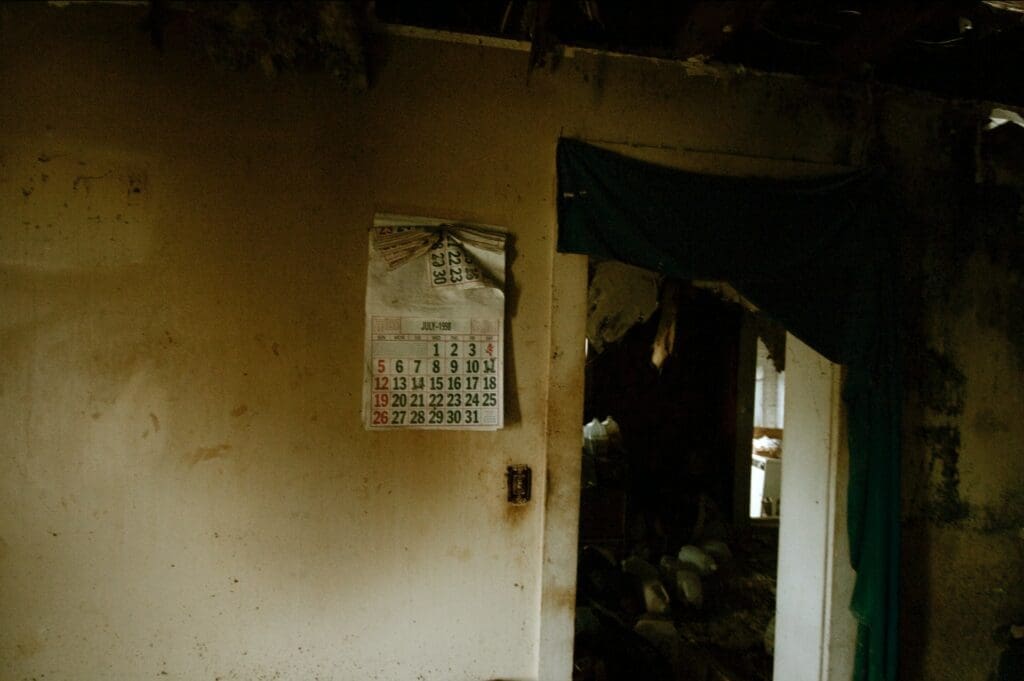Water damage is one of the most common household problems that homeowners face. Whether it’s caused by a burst pipe, a leaking roof, or a flood, water damage can be a nightmare to deal with. Not only can it result in costly repairs, but it can also cause mold growth and other health hazards.
If you’re facing water damage in your home, you may be wondering whether to hire a professional restoration company or handle the restoration yourself. While there are pros and cons to both options, DIY water damage restoration can be a viable solution if you’re willing to put in the time and effort.
Pros of DIY Water Damage Restoration
Cost-effective
The most significant advantage of DIY water damage restoration is that it’s cost-effective. Hiring a professional restoration company can be expensive, and the cost can quickly add up, especially if the damage is extensive. By handling the restoration yourself, you can save a significant amount of money.
Control
When you handle the restoration yourself, you have complete control over the process. You can decide what needs to be done, how it should be done, and when it should be done. You don’t have to rely on someone else to make decisions for you.
Flexibility
DIY water damage restoration allows you to work on your own schedule. You can choose to work on the restoration during the weekends or after work, depending on your availability. This flexibility can be especially beneficial if you have a busy schedule.
Cons of DIY Water Damage Restoration
Lack of Expertise
One of the most significant drawbacks of DIY water damage restoration is the lack of expertise. Unless you have experience in water damage restoration, you may not know what to do, how to do it, or when to do it. This lack of knowledge can lead to mistakes, which can make the problem worse.
Time-Consuming
DIY water damage restoration can be time-consuming. Depending on the extent of the damage, it can take several days or even weeks to complete the restoration. If you have a busy schedule, you may not have the time to dedicate to the restoration.
Risk of Further Damage
If you don’t know what you’re doing, you risk causing further damage to your home. For example, if you don’t dry the affected areas properly, you can cause mold growth, which can lead to health hazards. If you don’t remove all the water, you can cause structural damage to your home.
Best Practices for DIY Water Damage Restoration
If you decide to handle the water damage restoration yourself, here are some best practices to follow:
- Safety First: Before you start the restoration process, make sure you turn off the power and gas supply to your home. This will prevent any accidents from happening.
- Assess the Damage: Before you start the restoration process, assess the damage to your home. Determine the extent of the damage and make a plan of action.
- Remove the Water: The first step in the restoration process is to remove all the water from your home. You can use a wet-dry vacuum or a pump to remove the water.
- Dry the Affected Areas: Once you’ve removed the water, you need to dry the affected areas. You can use fans, dehumidifiers, and heaters to dry the areas.
- Disinfect the Affected Areas: After you’ve dried the affected areas, you need to disinfect them. You can use a mixture of bleach and water to disinfect the areas.
- Repair the Damage: Once you’ve disinfected the affected areas, you can start repairing the damage. Depending on the extent of the damage, you may need to replace drywall, flooring, or other materials.
- Monitor the Area: After the restoration process is complete, it’s essential to monitor the area for any signs of mold growth or further damage.
In conclusion, DIY water damage restoration can be a viable solution if you’re willing to put in the time and effort. However, if you don’t have experience in water damage restoration, it’s best to hire a professional restoration company. Remember to follow best practices and prioritize safety when handling water damage restoration in your home.




